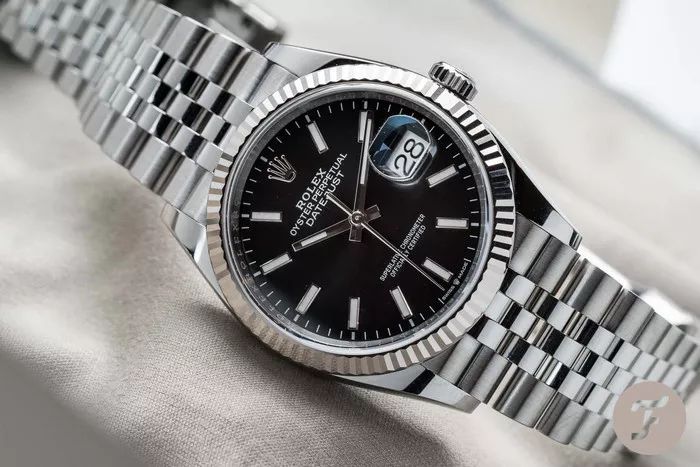The production of a Rolex watch is a meticulous process that involves precision engineering, skilled craftsmanship, and the use of high-quality materials. However, determining the exact cost of producing a Rolex timepiece is a complex endeavor, as it involves various factors, including research and development, manufacturing, labor, marketing, and overhead expenses. In this in-depth analysis, we delve into the economics behind Rolex production, exploring the key cost components and shedding light on the factors that contribute to the final price of these luxury timepieces.
Understanding the Cost Components of Rolex Production
Research and Development (R&D):
Rolex invests significantly in research and development to innovate and improve its watchmaking techniques, materials, and technologies. R&D expenses include designing new models, refining existing ones, and ensuring compliance with quality standards and regulations.
Manufacturing and Labor:
The manufacturing process of Rolex watches involves highly skilled labor and state-of-the-art machinery. Each component, from the movement to the case and bracelet, undergoes precision machining, assembly, and quality control checks. Labor costs include salaries, benefits, training, and overhead expenses for factory operations.
Materials and Components:
Rolex watches are crafted from premium materials, including stainless steel, gold, platinum, and sapphire crystal. The sourcing and procurement of high-quality materials contribute to the overall cost of production. Additionally, Rolex manufactures many of its components in-house, ensuring quality control and exclusivity.
Quality Control and Testing:
Rolex is renowned for its stringent quality control standards, which involve rigorous testing and inspection at various stages of production. Costs associated with quality control measures, including testing equipment, personnel, and facilities, are factored into the production cost.
Marketing and Branding:
Rolex invests in marketing and branding initiatives to maintain its status as a prestigious luxury brand. Expenses include advertising campaigns, sponsorships, events, and collaborations aimed at enhancing brand visibility, desirability, and market positioning.
Factors Influencing the Cost of Producing a Rolex
Complexity and Features:
The complexity of a Rolex watch, including complications such as chronographs, calendars, and GMT functions, can impact production costs. Additionally, special features like precious gemstones, enamel dials, and handcrafted finishes contribute to higher manufacturing expenses.
Materials and Finishes:
The choice of materials and finishes significantly affects the cost of producing a Rolex watch. Models crafted from precious metals or featuring intricate detailing, such as guilloché patterns or gemstone settings, require additional resources and expertise, driving up production costs.
Production Volume:
Economies of scale play a role in determining production costs, with larger production volumes typically resulting in lower per-unit costs. Rolex’s vertically integrated manufacturing capabilities and high production volumes enable efficiencies in production processes and economies of scale.
Innovation and Technology:
Investments in innovative technologies and manufacturing processes can impact production costs. Rolex’s commitment to technological advancements, such as its patented materials and proprietary movements, entails research and development expenses that influence production costs.
Calculating the Total Cost of Producing a Rolex
Direct Costs:
Direct costs include expenses directly attributable to the production of Rolex watches, such as materials, labor, machinery, and quality control measures. These costs are quantifiable and represent the primary components of the production cost.
Indirect Costs:
Indirect costs encompass overhead expenses associated with operating the manufacturing facilities, research and development activities, administrative functions, and marketing initiatives. While not directly tied to individual watch production, these costs contribute to the overall cost structure of Rolex.
Total Cost:
The total cost of producing a Rolex watch is the sum of direct and indirect costs incurred throughout the production process. This figure represents the comprehensive expenses associated with designing, manufacturing, and marketing Rolex timepieces.
Conclusion
In conclusion, determining the exact cost of producing a Rolex watch involves analyzing various cost components, including research and development, manufacturing, materials, labor, quality control, marketing, and overhead expenses. While the precise production cost of a Rolex remains proprietary information held by the company, it is evident that crafting these luxury timepieces involves significant investments in innovation, craftsmanship, and brand positioning. By understanding the economics behind Rolex production, consumers gain insight into the value proposition of these iconic timepieces and appreciate the meticulous attention to detail that goes into their creation. While the cost of producing a Rolex may be substantial, it reflects the brand’s commitment to quality, heritage, and excellence, making each Rolex watch a symbol of prestige and enduring value.

